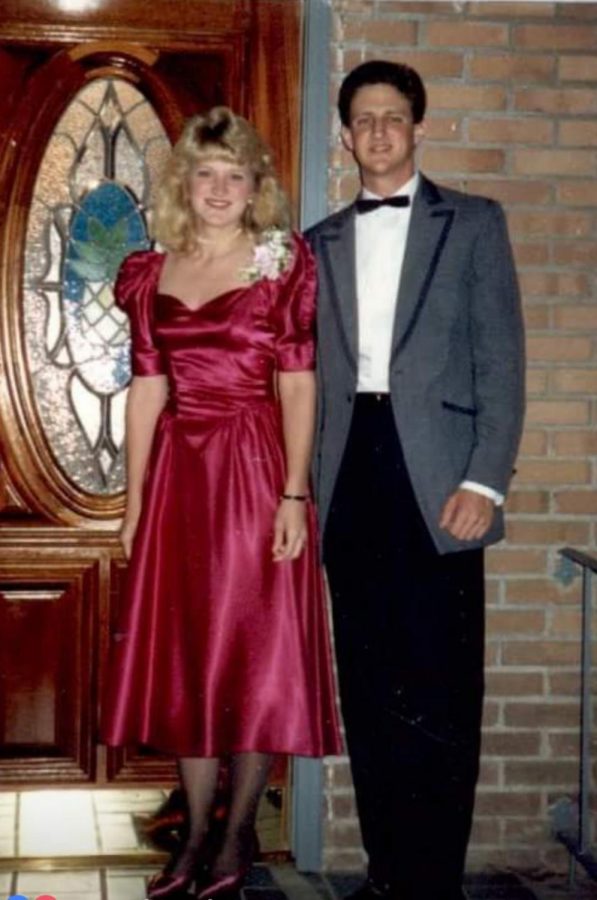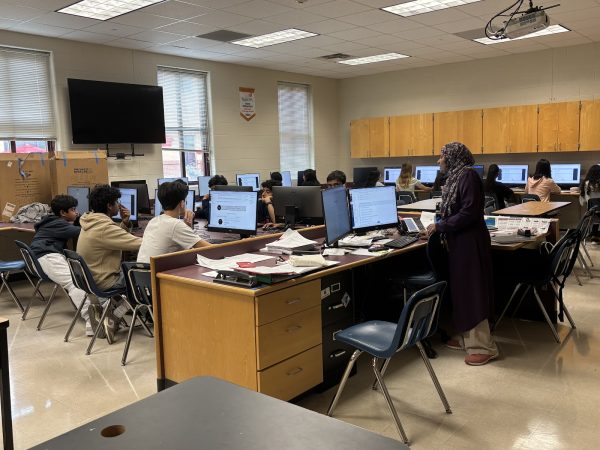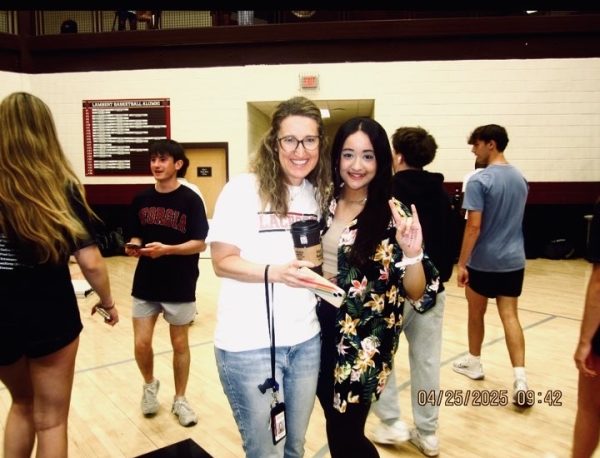Behind the History of Prom
The typical factors of a modern-day prom hasn’t changed too much from the original “promenades” that occurred over a century ago. Young ladies and gentlemen don either a long gown or crisp tux, go to dinner, and have an enjoyable (or awkward) time dancing. Today, there is a lot more leeway to make every prom experience unique, from witty promposals to brightly colored tuxedos. However, there is a longer history to prom which makes it the American tradition where generations can look back in awe or laughter at old prom photographs of older generations.
Prom has early beginnings in the late 19th century, in which American universities in the northeast, usually for the graduating senior class. The first official “prom” was in 1894, where the all-boys Amherst College were encouraged to invite students from a neighboring girl’s college for a dinner and dance.
In less than a few decades, prom had shifted from college to teenagers in high school. In the 1930s prom was a nation-wide event, and usually held in the school gymnasiums. Some school districts were not in favor for holding a prom due to the economic burden that would be c for many families. In the 50’s, the post-war economic boom resulted in many high schools holding prom in large ballrooms or country clubs.
In the 60s, Jim Crow laws dubbed most of the proms in the South as white-only. There have been some rare cases, such as the Wilcox County High School prom in Georgia, which remained segregated until 2013. In the 70s, there was a dip in the attendance of prom, due to anti-war sentiments as the youth became involved in Vietnam War protests. Additionally, the attendance of prom was unlikely to increase because of the popularity of the Stephen King novel and movie adaptation in 1974 and 1976.
During the 80s there was a comeback in the prominence of prom, marked by oversized glasses and big hair. This resurgence continued throughout the 90s and 00s. This gave rise to many Hollywood films including Back to the Future, Footloose, and Mean Girls. In pop culture, prom is depicted as an event plagued by influence from social cliques. Today, the focus has shifted towards acceptance and celebration of american values. Many high schools have bestowed the title of prom king and queen on LGBT students, or students with disabilities.
Prom, as it now safe to say, embraces differences. Some opting for dresses from department stores, and others having their dresses custom made. Many teens also opt to go with a group of friends rather than a date. While prom was once an event celebrated by a small group of privileged students, it is now a coming of age event celebrated by American teenagers regardless of background.
Your donation will help support The Lambert Post, Lambert High Schools student-run newspaper! Your contribution will allow us to purchase equipment and cover website hosting costs.








